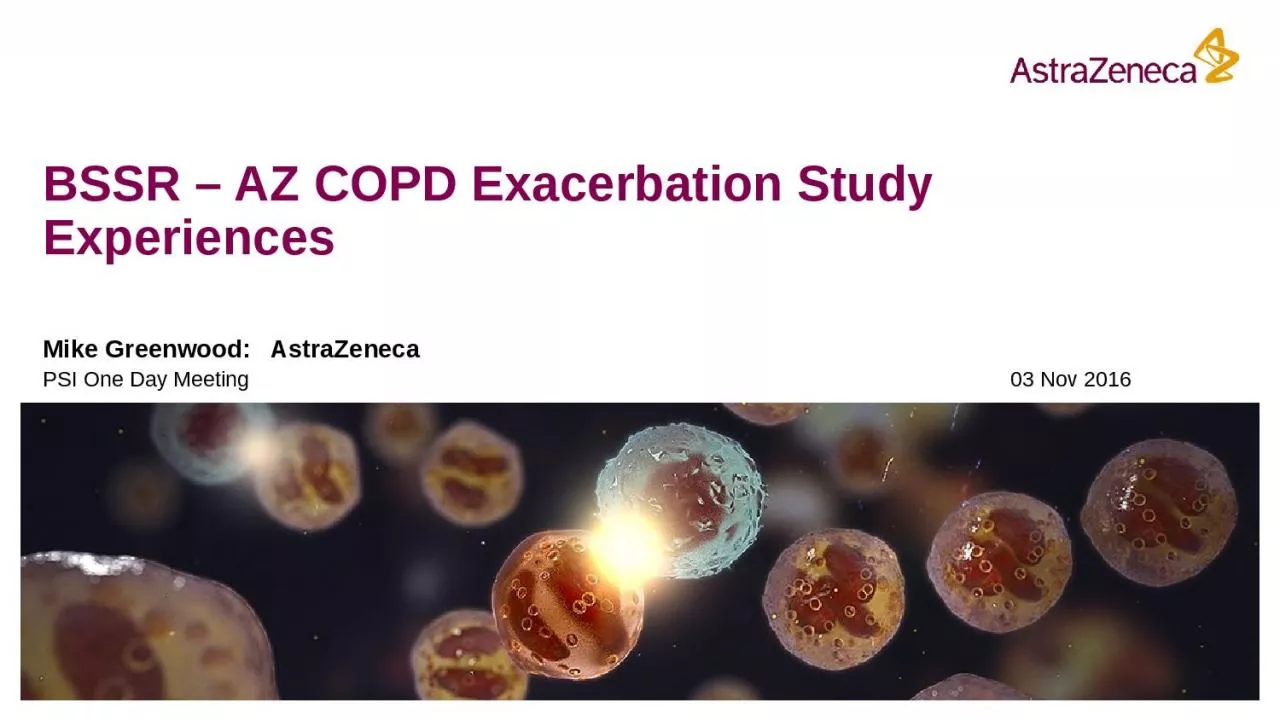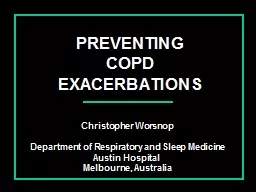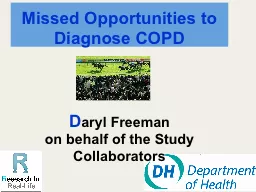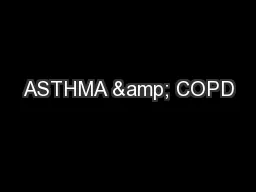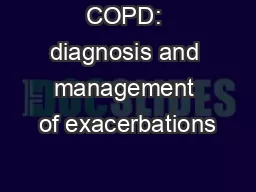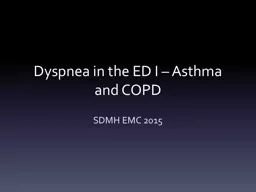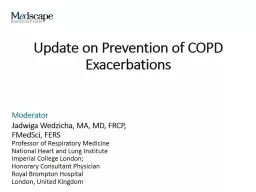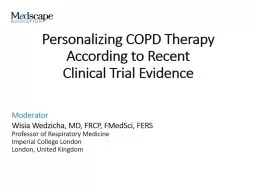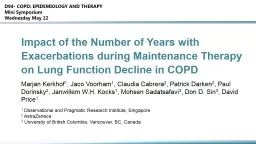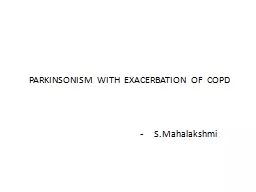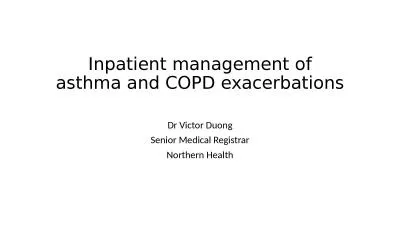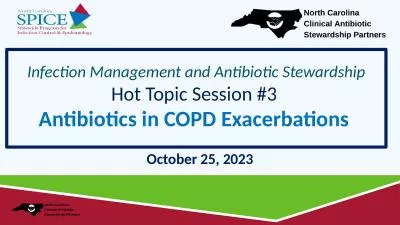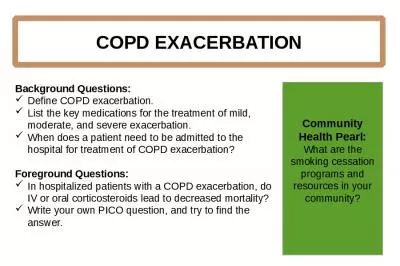PPT-BSSR – AZ COPD Exacerbation Study Experiences
Author : claire | Published Date : 2024-03-13
Mike Greenwood AstraZeneca PSI One Day Meeting 03 Nov 2016 Aim of Talk 2 Experience of running a BSSR on AZ COPD Exacerbation Study Hints and tips for communicating
Presentation Embed Code
Download Presentation
Download Presentation The PPT/PDF document "BSSR – AZ COPD Exacerbation Study Ex..." is the property of its rightful owner. Permission is granted to download and print the materials on this website for personal, non-commercial use only, and to display it on your personal computer provided you do not modify the materials and that you retain all copyright notices contained in the materials. By downloading content from our website, you accept the terms of this agreement.
BSSR – AZ COPD Exacerbation Study Experiences: Transcript
Download Rules Of Document
"BSSR – AZ COPD Exacerbation Study Experiences"The content belongs to its owner. You may download and print it for personal use, without modification, and keep all copyright notices. By downloading, you agree to these terms.
Related Documents

